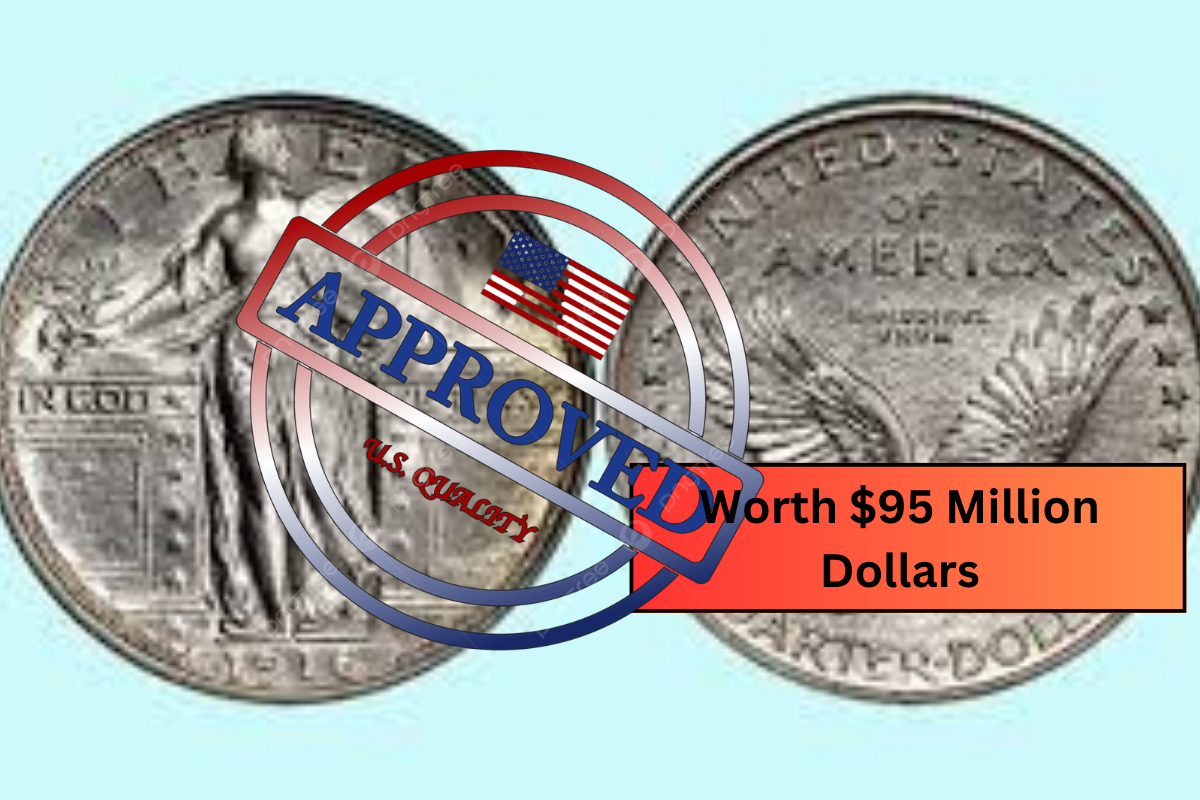When it comes to currency, most people think of bills and coins as mere tools for transactions. However, lurking in pockets and piggy banks are treasures that can be worth a staggering amount of money. Among these are rare dimes and the intriguing Bicentennial quarter, both of which could potentially change your financial status overnight. Can you believe that some of these coins are valued at a whopping million dollars each? Let’s dive deeper into the world of rare dimes and the bicentennial quarter and discover what makes them so valuable!
Understanding Rare Dimes
Dimes may seem small and insignificant, but certain types are incredibly rare and highly sought after by collectors. The rarest of these dimes often go for astonishing prices, sometimes reaching six figures. But what makes a dime so valuable? It mainly boils down to its rarity, condition, and historical significance.
The 1894-S Barber Dime
One of the most coveted dimes among numismatists is the 1894-S Barber Dime. Only 24 of these silver beauties were minted, making them extremely rare. In pristine condition, this dime has been known to fetch upwards of $1.9 million at auction. Can you imagine finding one casually tucked away in an old coin jar? It’s like finding a needle in a haystack, but it’s not impossible!
The 1916-D Mercury Dime
Next up is the 1916-D Mercury Dime. With a mintage of just 264,000 coins, this dime has become iconic in the collecting world. Depending on its condition, this dime can be worth anywhere from $200 to $2 million. It’s amazing how a small piece of metal can turn a person’s life around, isn’t it?
The 1975 No S Dime
Lastly, we have the 1975 No S Dime, a unique error coin. It was meant to be minted in San Francisco, but a handful of dimes were produced without the “S” mint mark. These rare finds can command a price of approximately $100,000! It’s remarkable how such a little oversight can lead to such big dollar signs.
The Rare Bicentennial Quarter
Now let’s chat about the Bicentennial quarter, which was issued in 1976 to celebrate America’s 200th birthday. The fascinating thing is that although these quarters were produced in large quantities, there are rare variants that can be worth a fortune.
The 1976 Bicentennial Quarter with No Mint Mark
Collectors are particularly keen on the 1976 Bicentennial Quarter without a mint mark. Most quarters were produced with either a “P” or “D” mint mark, denoting Philadelphia or Denver, respectively. However, the elusive no mint mark variant can be valued at around $1 million! Can you imagine pulling one of these out of your pocket? It would feel like winning the lottery!
How to Identify These Rare Coins
So, how do you identify these little treasures that could be lurking in your change? Start with a magnifying glass and look for mint marks. Check for signs of wear and tear, as condition can greatly affect value. Remember, a coin’s worth isn’t just about its age—it’s also about its rarity and demand among collectors.
Conclusion
Finding a rare dime or the elusive Bicentennial quarter worth million dollars each may seem like a long shot, but it’s a possibility that keeps many coin enthusiasts excited. Whether you’re a seasoned collector or just casually checking your change, it’s always a good idea to stay informed about what’s out there. Who knows? You might just stumble upon the treasure of a lifetime!
FAQs
1. How can I tell if a dime is rare?
Check the year, mint mark, and overall condition of the dime. Research specific rarities online or consult with a numismatist.
2. Where can I sell my rare dimes or quarters?
You can sell them at coin shops, through auctions, or online marketplaces like eBay. Make sure to get an appraisal first!
3. Are there other rare coins I should look out for?
Definitely! Many coins can be valuable, such as certain Lincoln pennies, buffalo nickels, and even half dollars.
4. Why are some coins worth so much more than others?
Rarity, demand among collectors, historical significance, and condition all factor into a coin’s value.
5. How can I keep my coins in good condition?
Store them in protective holders or albums, and avoid handling them too much to prevent wear and tarnishing.
